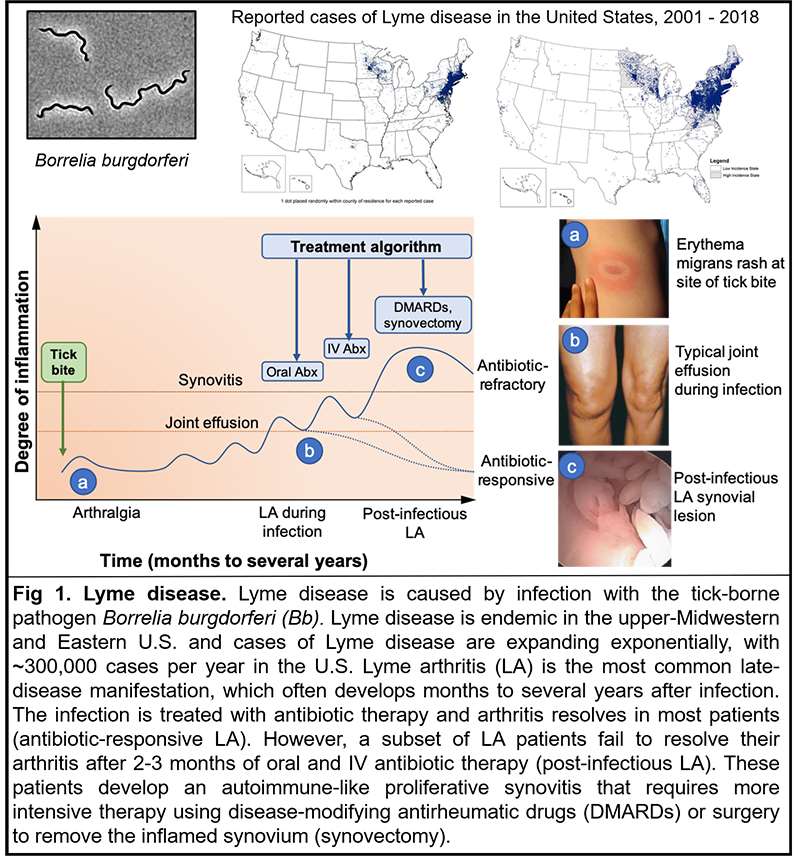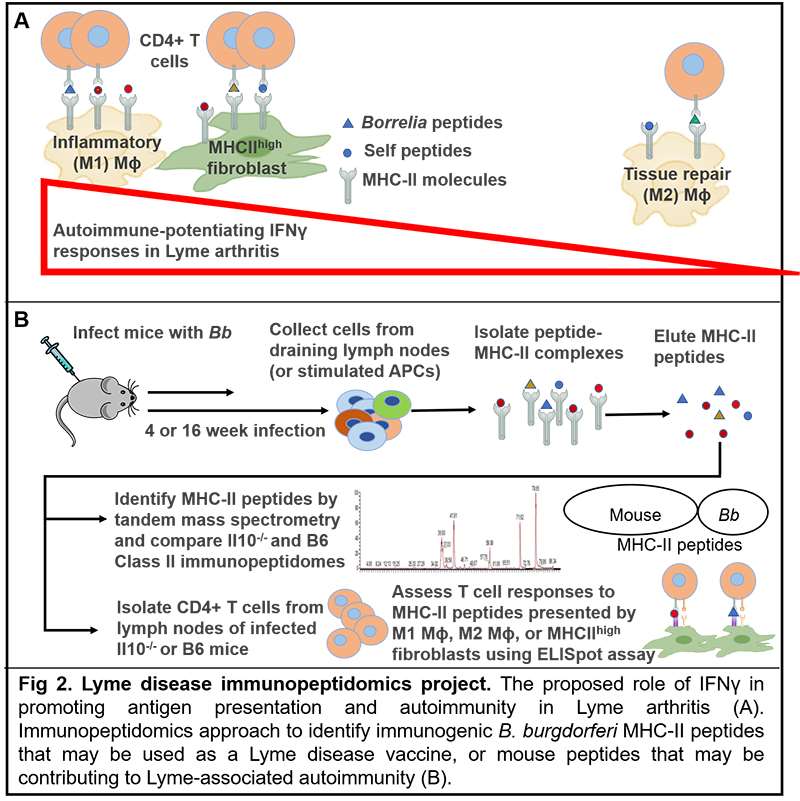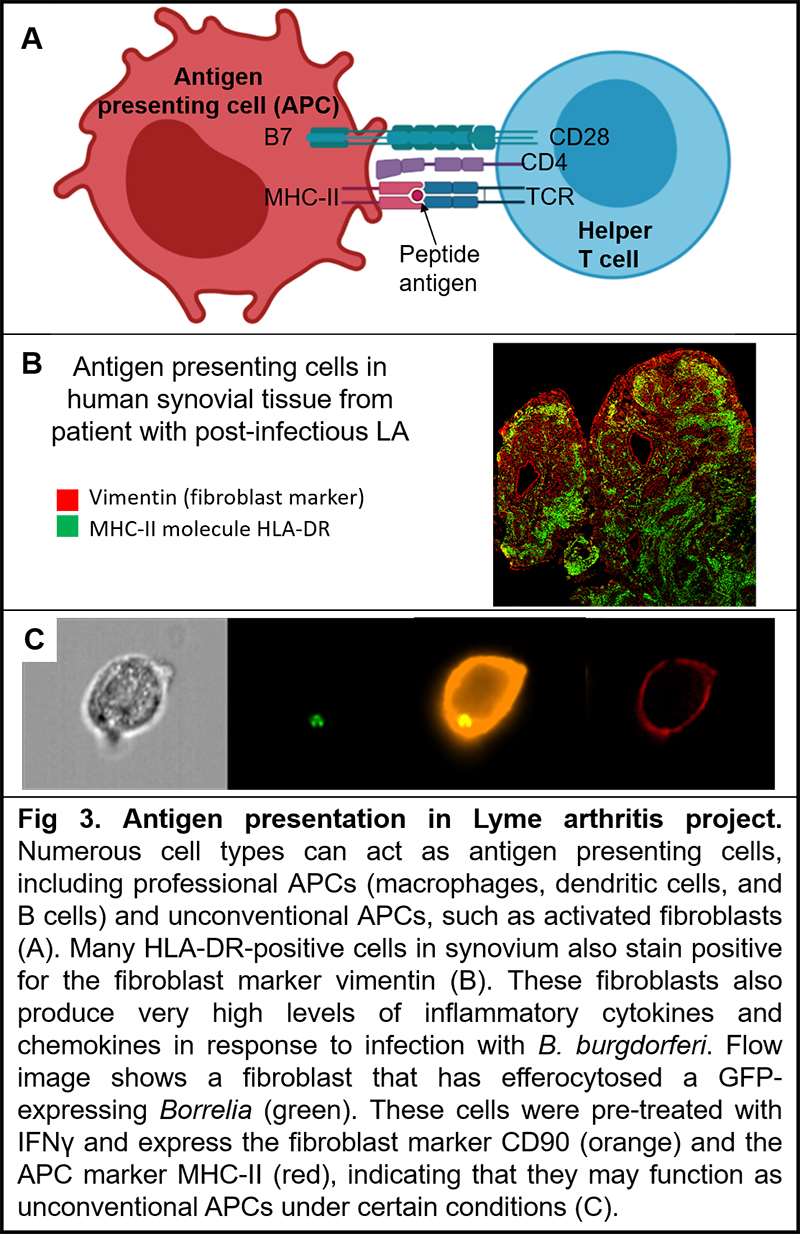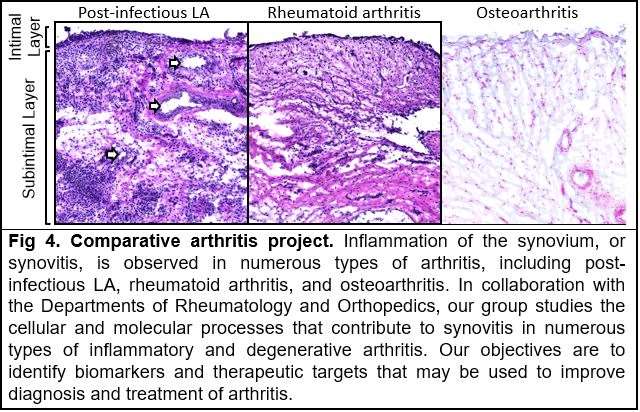Lochhead Laboratory Research Areas
Immunopeptidomics of Lyme disease

Much of our research focuses on developing a safe and effective Lyme disease vaccine by identifying immunogenic MHC-II peptides from Borrelia burgdorferi that elicit long-term memory B and T cell responses to the pathogen. Peptide antigens bound to MHC-II molecules and presented on the cell surface are targets for CD4+ T cells, which may activate B cells to produce antibodies against foreign antigens. Methods to identify these peptide antigens are critical to vaccine development by establishing effective adaptive immune responses and long-lasting immune memory. Our approach involves immunoprecipitation of MHCII-peptide complexes from cell lysate that can be eluted from the resin by acid denaturation. The eluted peptides are analyzed and identified using high-resolution mass spectrometry. With this protocol, numerous foreign and host MHC-II peptides can be identified from various cell types and tissues, which can be tested as immunogenic vaccine targets (Figure 2). Future research will examine presentation of peptides by MHC-I molecules to CD8+ cytotoxic T lymphocytes. PhD candidates interested in this project should contact Dr. Lochhead by email.

Antigen presenting cells (APCs) and the role of fibroblasts as unconventional APCs
Lyme arthritis is characterized by persistent joint inflammation, which is a late stage manifestation of Borrelia burgdorferi infection. Infections normally elicit a robust immune response that facilitates the elimination of pathogens, while regulating excessive inflammation and tissue damage. Any dysfunction of the immune response may result in the development of chronic inflammation and autoimmunity. We have implemented two different mouse models, C57Bl/6 (B6) and B6 Il10-/- (IL10-), to represent an effective and dysregulated immune response to the pathogen, respectively. This research is addressing the role of fibroblasts as potential antigen presenting cells and the differences in gene and cytokine expression between B6 and IL10- mice, which may result in excessive inflammation and immune dysregulation in the presence of Bb, as observed in the joint environment of patients with Lyme arthritis (Figure 3). Future research will be examining mechanisms, such as epigenetic modifications, of how fibroblasts lose their ability to limit inflammation and proliferation, giving rise to development of inflammatory synovitis. PhD candidates interested in this project should contact Dr. Lochhead.

Lyme arthritis in humans is often accompanied by autoimmune T and B cell responses. Several autoreactive peptides have been identified in subsets of patients, all of which are highly abundant in inflamed synovium and are involved in tissue remodeling and repair. However, it is unclear how autoimmunity develops in some humans. Therefore, animal models must be developed to elucidate mechanisms of infection-induced autoimmunity in LA. We hypothesize that autoimmunity may be induced by dysregulated MHC-II antigen presentation by APCs to CD4+ T cells. Our focus is on determining T cell responses to immunogenic Bb peptides and self-antigens derived from proteins expressed in inflamed synovial tissue. We also think that autoimmunity is only part of the story. We have shown that inflammatory bacterial cell wall components (peptidoglycan, or PG) persist in joints of many patients long after treatment with antibiotic therapy. Mice injected with PG develop inflammatory arthritis, indicating that it is arthritogenic. Therefore, we are investigating how innate and adaptive immune responses to PG from Bb may contribute to ongoing inflammation, tissue damage, and a breakdown in immune tolerance. By studying mechanisms of infection-induced autoimmunity in LA, where the autoimmune trigger, infection with Bb, is known with certainty, we hope to shed light on development of autoimmunity in other diseases, such as rheumatoid arthritis, where the autoimmune trigger is unknown.
Comparative analysis of arthritis pathogenesis in humans
Our lab manages the MCW synovial tissue and synovial fluid biobank, and we use these samples collected from patients with various types of joint diseases to conduct arthritis research. Millions of individuals suffer from arthritis, such as post-infectious LA, rheumatoid arthritis, osteoarthritis, gout, and pseudogout (Figure 4). Our focus is on identifying inflammatory mediators (i.e., immune cells, tissue-resident cells, regulatory microRNAs, cytokines, host or microbial debris, inorganic crystals) that are associated with adverse disease or treatment outcomes. Our goal is to develop novel diagnostic and therapeutic approaches to improve personalized patient care.
We have a number of mini-projects that may be conducted by medical students who are interested in conducting translational wet-lab research. Please contact Dr. Lochhead by email if you are a medical student interested in a summer research project focusing on arthritis pathogenesis.


